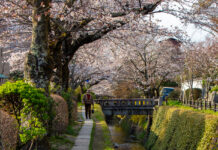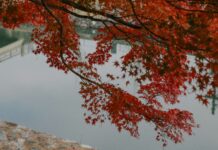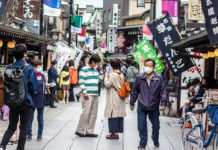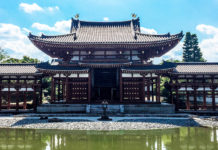Ask anyone where to go for the “really old stuff” in Japan, and they’ll probably mention Kyoto. Serving as the capital for over 1,000 years, it’s the birthplace of many traditional art forms and aspects of Japanese culture we see today. And, as it was spared World War 2 bombing, you’ll be able to find plenty of physical remnants of the past, too. If you’re looking for a place with a long history, which also happens to be serene and beautiful, you really can’t go past Shimogamo Shrine.
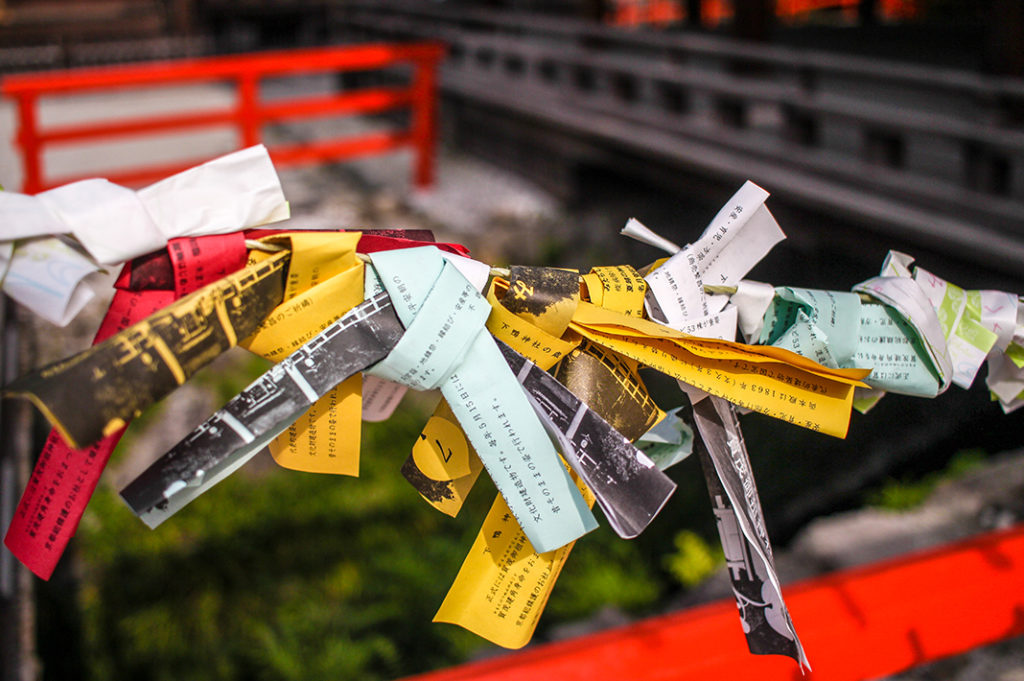
Shimogamo Shrine
Shimogamo Jinja dates back to the sixth century, long before Kyoto became the capital in 794, making it one of the oldest shrines in town. In fact, on-site excavations have identified evidence of life and architecture dating back to the year 2 BC! Once upon a time, it was joined with nearby Kamigamo Shrine as one site, but they have since gone their separate ways. (Don’t worry, they’re still great friends!) When you factor in this historical significance, it’s no surprise that Shimogamo shrine gained UNESCO World Heritage status in 1994.
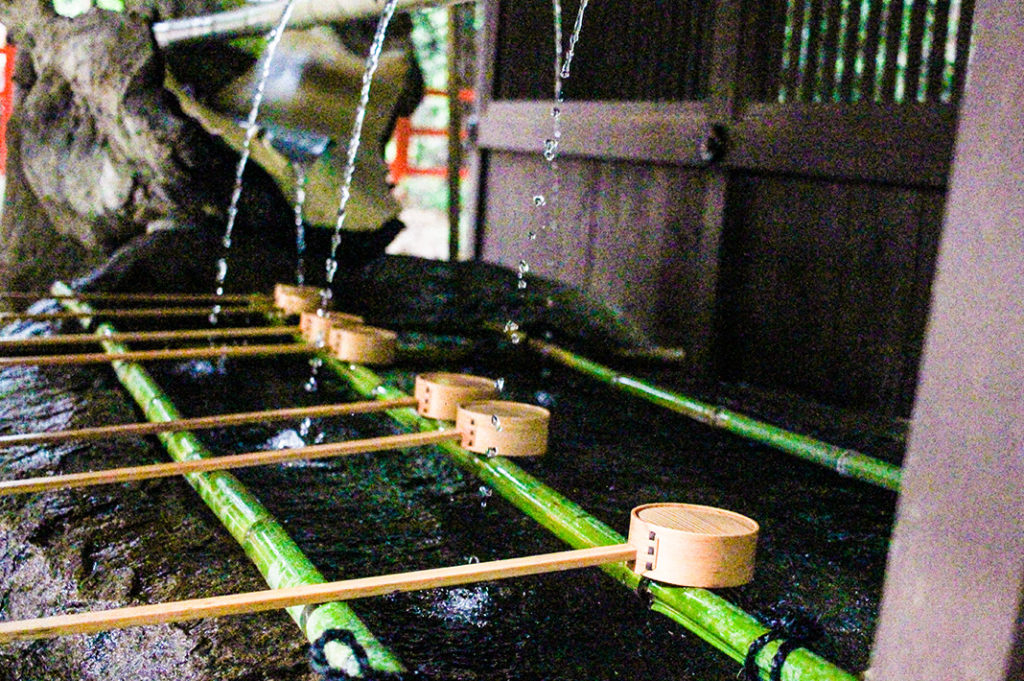
Located in the fork of the Kamo and Takano Rivers and surrounded by lush forest, Shimogamo Jinja is a true urban sanctuary. Its nearest station is Demachiyanagi, which is a key access point to the mountain towns of Kibune and Kurama. Because of this, it’s a great idea to pair a your visit with a trip into the hills of Kyoto.
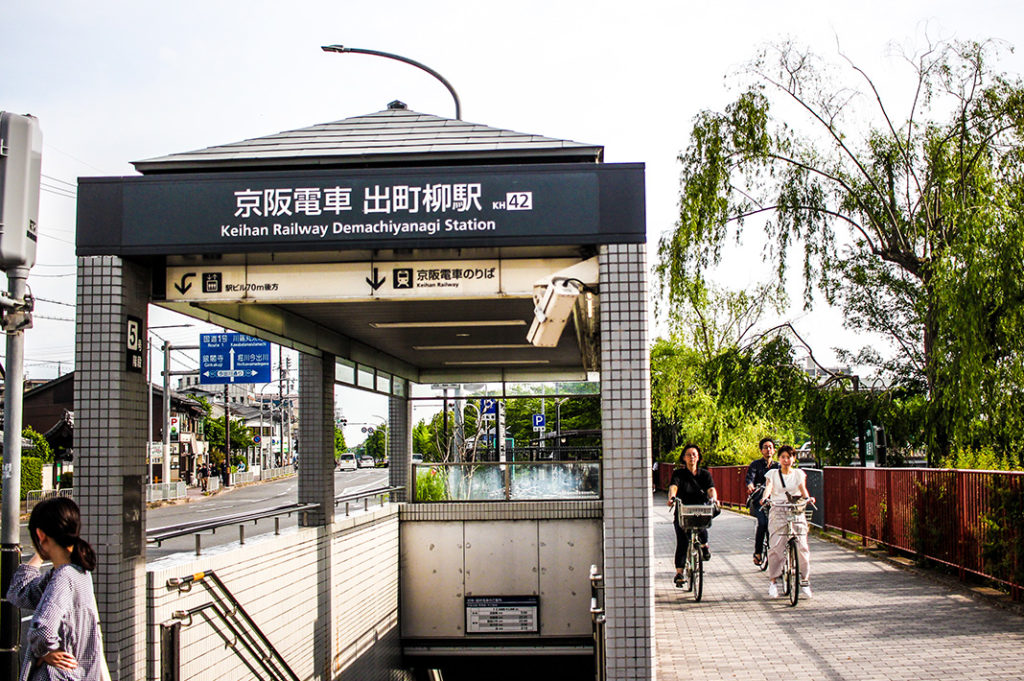
Getting there is half the fun
Hop a train to Demachiyanagi station, then cross the river and turn right. Follow the charming residential street through a series of torii gates.
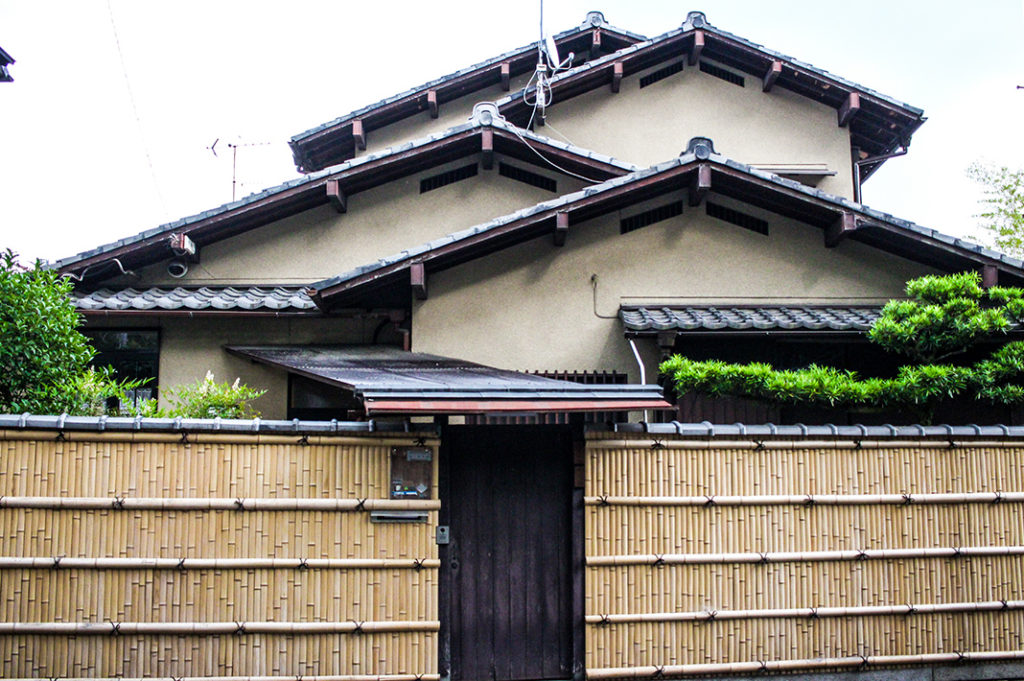
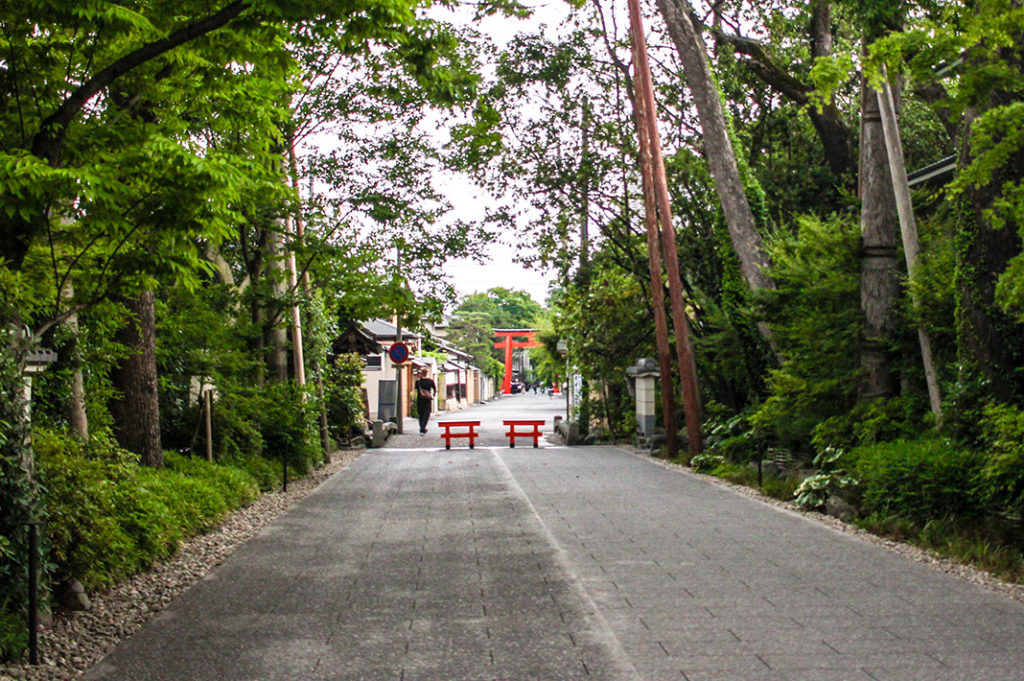
It steadily grows greener and more landscaped; before long you’ll find yourself in the lush sanctuary of the Tadasu no Mori forest.
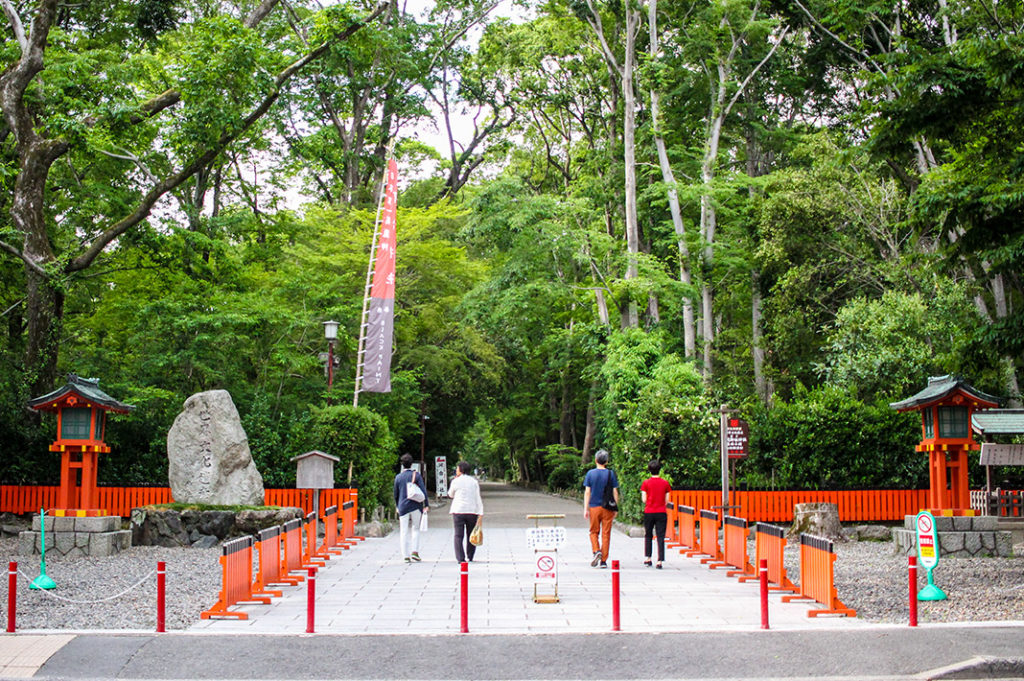
This humongous parkland is chock full of old and twisted trees, some of which date back 600 years. The farther you walk, the more secluded things become, and the city noises melt away. Meditate on the sound of gravel underfoot and get into your zen space—or whatever the shinto equivalent is.
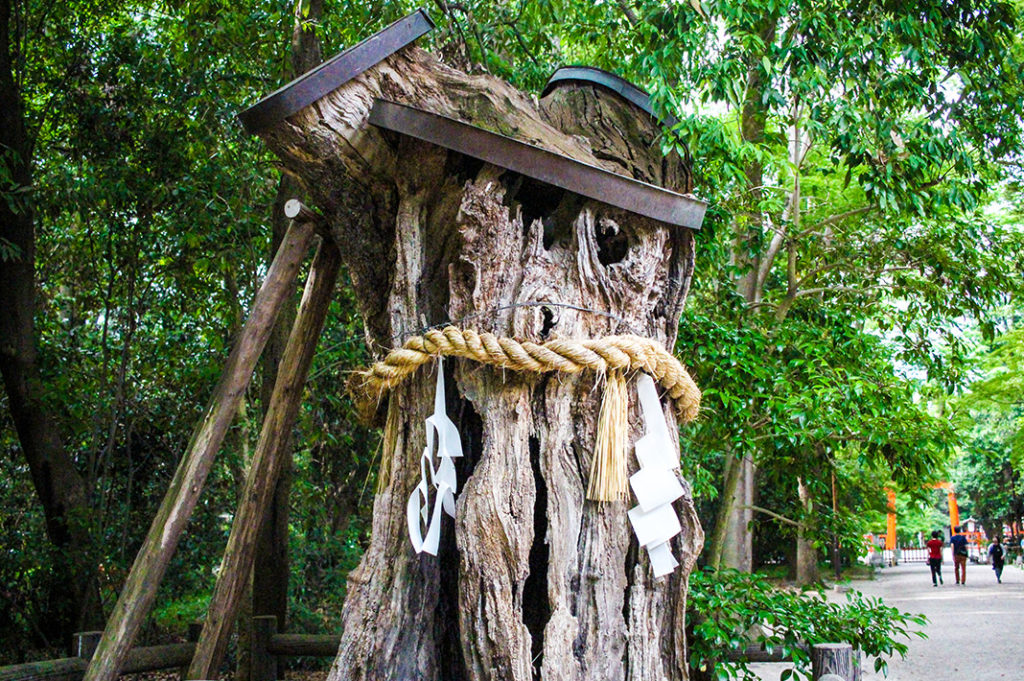
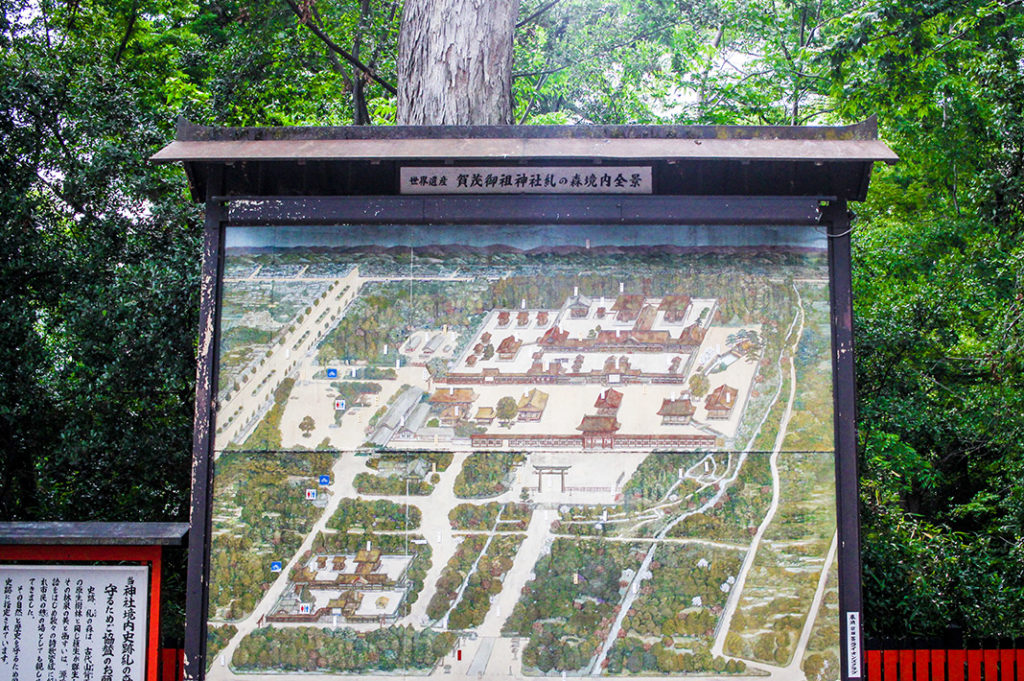
The lush canopy is a lovely reprieve from the summer heat. It’s not a long walk (10 minutes from the station), but if you need a rest or refreshment, you can do so at the teahouse. Serving tea and traditional sweets, it’s the perfect place to sit and enjoy the tranquil atmosphere a little longer.
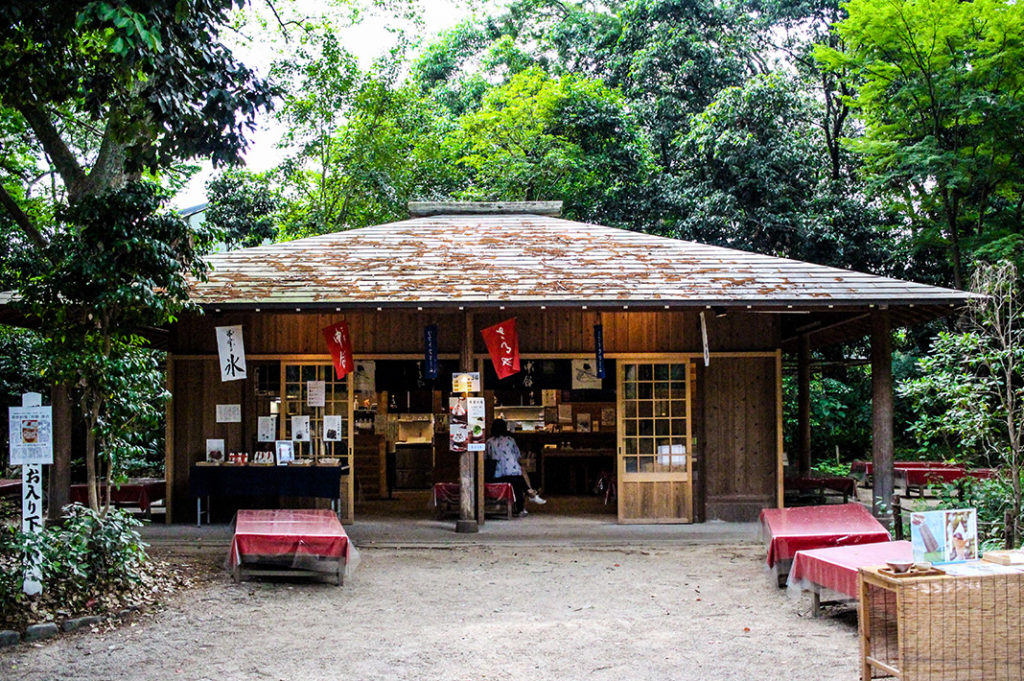
Shimogamo Shrine Features
As it’s a shinto shrine, you’ll see a number of red torii gates as you make your way along the entrance path. These symbolise the transition from the ordinary world into the sacred—try to walk through thinking about that without shivering.
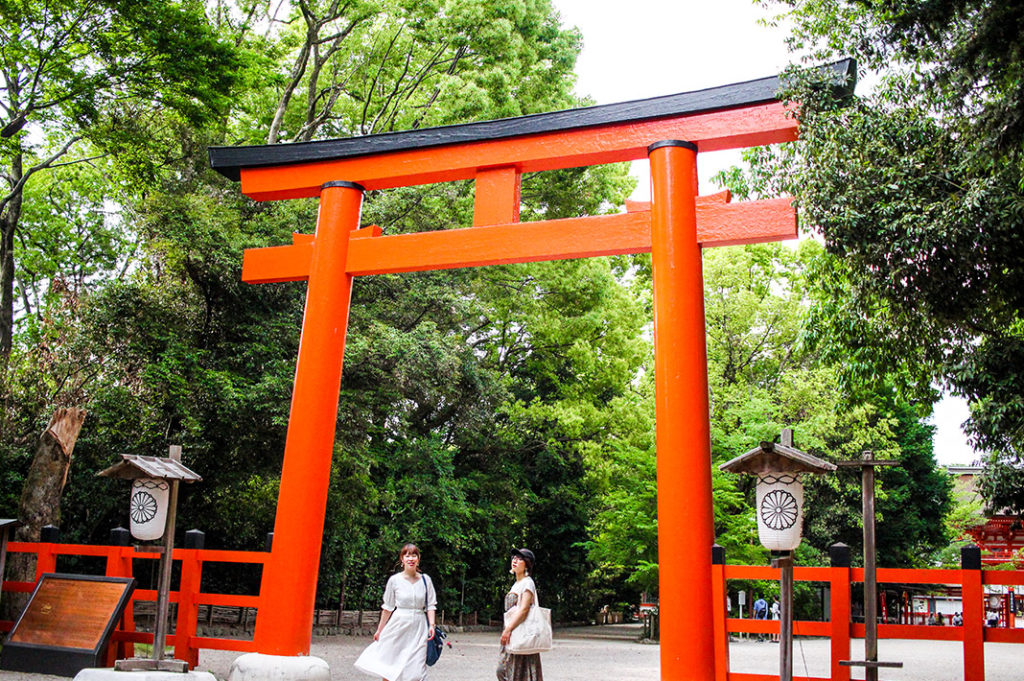
Soon you’ll arrive at the iconic two storied rōmon gate (meaning tower gate). This type of gate is commonly seen in Buddhist architecture, but has found a second home in Shinto design. This one, along with many other structures on-site, is a National treasure.
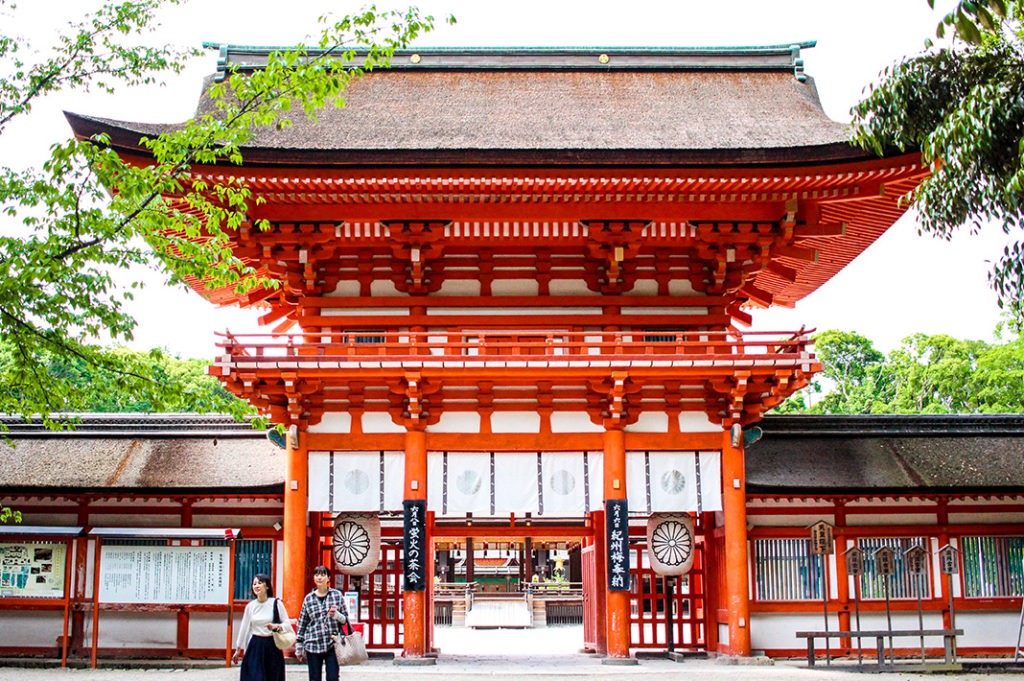
Pass through into a large gravel clearing; straight ahead you’ll see the the Maidono Hall, now used for traditional dances during festivals.
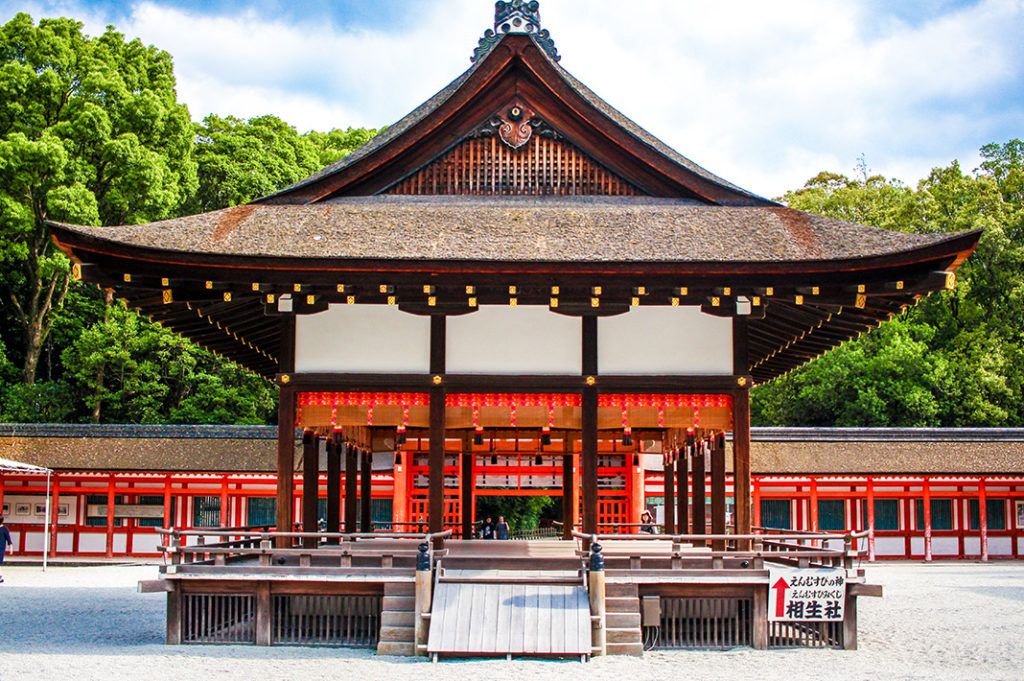
Zodiac Shrines
Keep an eye out for seven small shrines clustered together. At first I thought these were something to do with pets and livestock. But when I pictured someone with a pet tiger, I realised they were more likely Chinese zodiac signs. Namely, Rat (ね), Ox (うし), Tiger (とら), Rabbit (う), Dragon (たつ), Snake (み), Horse (うま), Sheep (ひつじ), Monkey (さる), Rooster (とり), Dog (いぬ) and Boar (い).
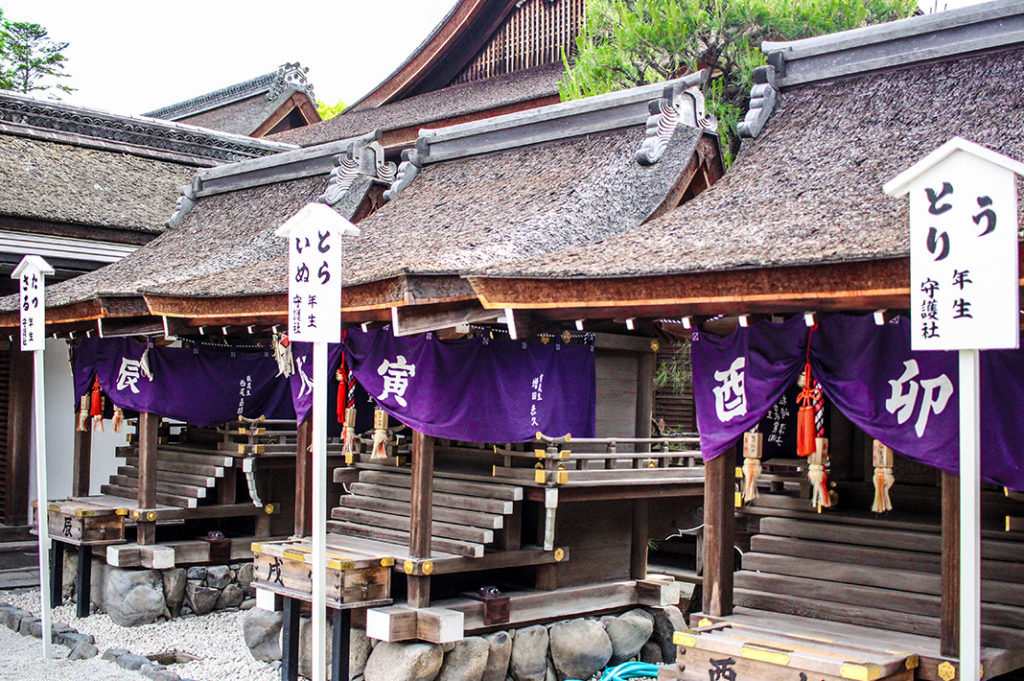
If you know your sign, try to match the hiragana characters to the white signposts so you’ll know where to pray.
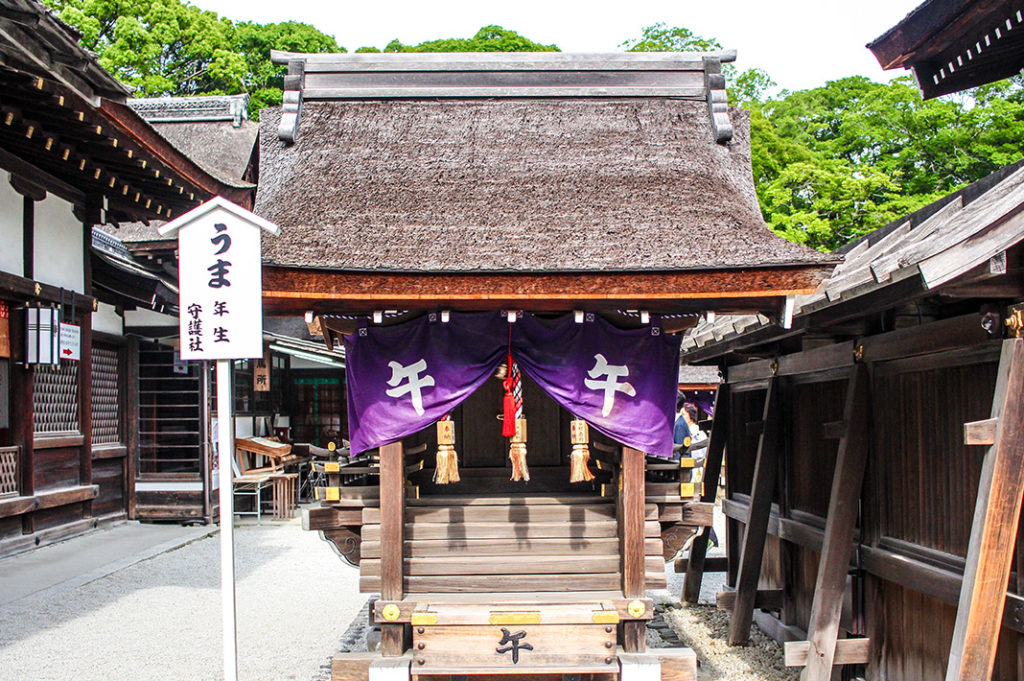
Taikobashi Bridge
Keep an eye out for the taikobashi (aka soribashi) bridge. Literally translating to ‘drum bridge’, it’s thought that the dramatic arch design resembles the shape of a taiko drum. You can find these bridges all over Japan, so keep an eye out in your travels.
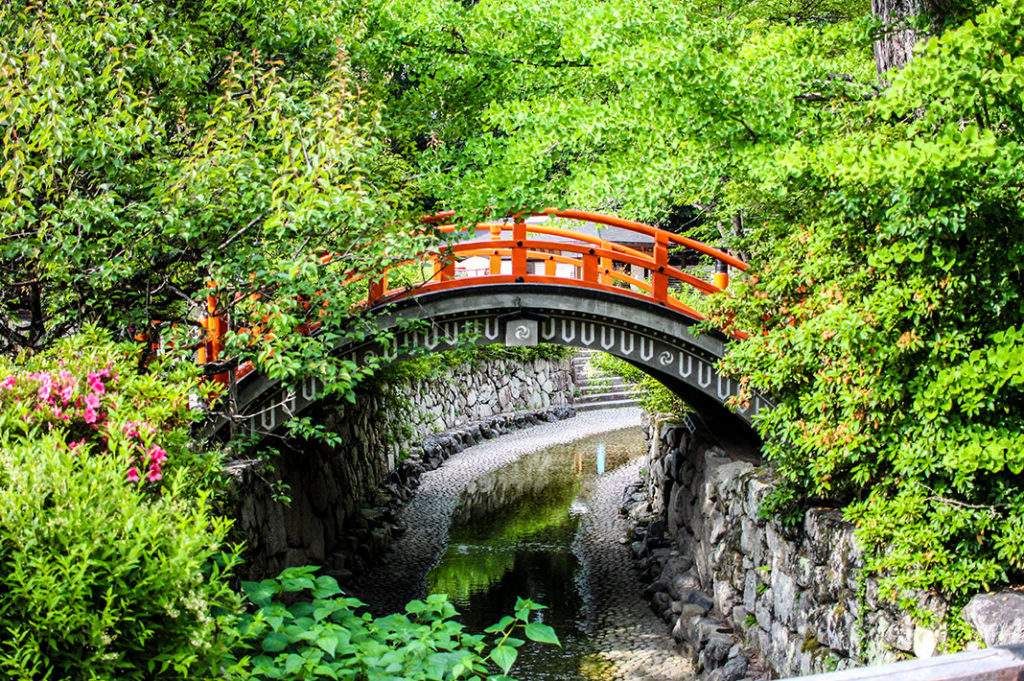
Mitarashi-sha
Mitarashi-sha shrine, perched over an underground water source, is dedicated to the deity of purification and clean water. The Mitarashi Festival occurs every summer whereby people roll up their pant legs to wade knee-deep through the water and pray for good health for the year ahead.
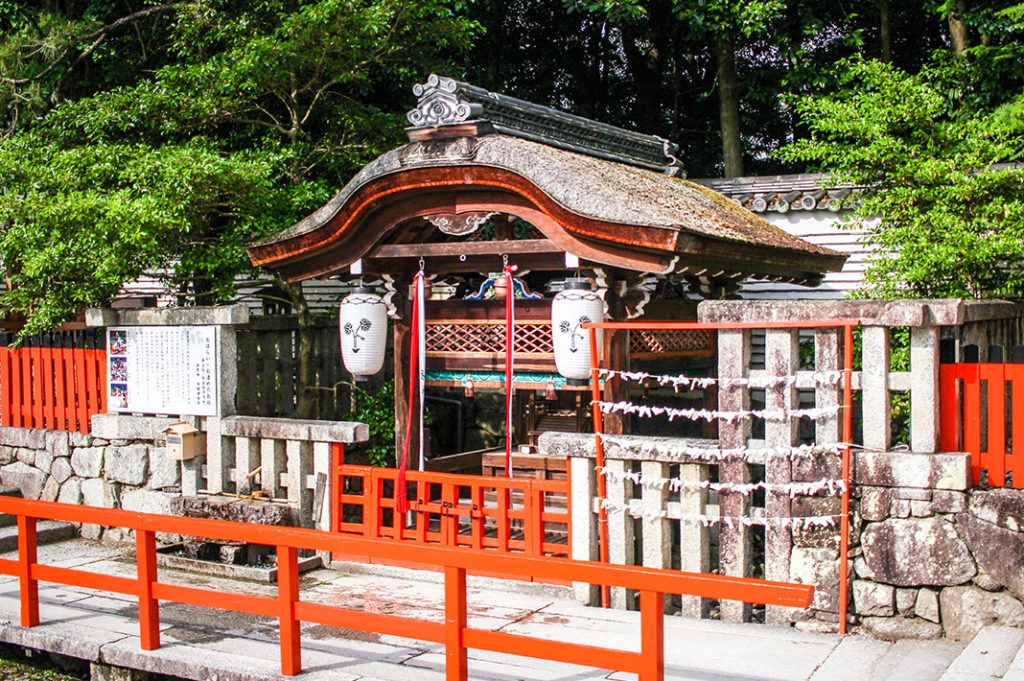
Events at Shimogamo Shrine
Aside from the Mitarashi Festival, there are a number of other interesting events held at Shimogamo Shrine. The 3rd of May is the annual horseback archery competition, while May 15th is Aoi Matsuri—one of Kyoto’s most exciting events. For this, a collection of locals get into full traditional garb and parade from the Imperial Palace to Shimogamo Shrine and onto Kamigamo Shrine. It’s a historical reenactment that you’ll have to see to believe.
One other great thing about Shimogamo Shrine is that it opens early (5:30 or 6:30a.m., depending on the time of year). This makes it a great activity to schedule at the beginning of your day, before everything else opens.
No matter what time you’re thinking of going, I implore you to experience this important cultural property. See more nearby attractions here.
Shimogamo Shrine
Address: 59 Shimogamo Izumikawacho, Sakyo-ku, Kyoto
Open: 5:30 until 18:00 (summer), 6:30 until 17:00 (winter)
URL: http://www.shimogamo-jinja.or.jp/english/
Post by Japan Journeys.





